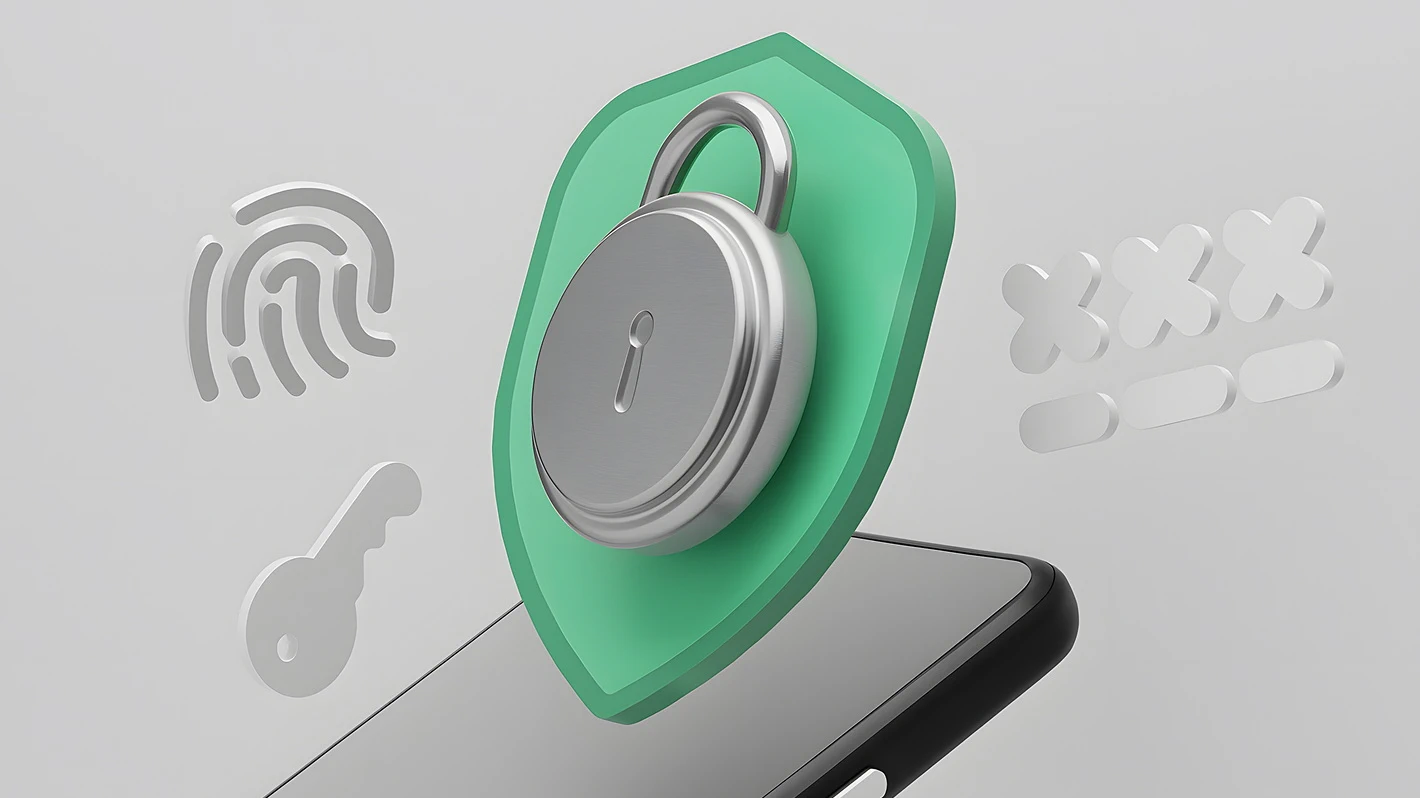The global Covid-19 pandemic and the resulting stay-at-home mandates changed how we live and work. It also changed the way we shop. According to McKinsey, three-quarters of consumers experimented with new shopping behaviors during the pandemic. This means brands have had to embrace trends that suddenly saw an uptick throughout 2020 and 2021.
While some trends have slowly died down as life has returned to a normal routine, others are here to stay. In this blog, we look at some of the essential consumer changes brought on by the pandemic and consider the importance of customer support adapting to those trends.
Online Shopping
The digital retail economy was already in full bloom when Covid-19 struck, but the pandemic saw online shopping growing exponentially. This was fueled by two lifestyle trends. On the one hand, people did not want to expose themselves to the risk of infection and thus preferred to stay home. On the other hand, being at home meant less stimulation, so the online retail therapy bug bit, with many passing time by scrolling through endless catalogs of items.
Some trends are receding alongside the pandemic, but because of convenience and its time-saving capabilities, the growth of online shopping is here to stay. That means brands must scale up customer support to meet those continued digital demands.
BOPIS
Short for “buy online, pay in-store,” the BOPIS phenomenon grew tremendously during the pandemic. Also known as “click and collect,” this hybrid shopping model meant consumers could take time to choose their merchandise from the safety of home but head out to collect their goodies on the curb or at a one-stop counter at the shop.
This approach paired the convenience of digital shopping with the experience of visiting a brick-and-mortar store while cutting out the waiting time for delivery or the ennui of always being at home with no mission in the outside world. Despite society bouncing back, the joys of BOPIS/click-and-collect are here to stay, and companies should be prepared to offer tailored support for these multi-channel shopping habits.
Buy Now, Pay Later
The pandemic made a severe dent in people’s pockets, but the human need and desire to shop did not simply vanish. This created a fertile environment for the acceleration of a “buy now, pay later” model, which created synergy between seller and customer.
Sellers—also struggling to maintain their profit margins—could at least secure a steady flow of income in the coming months. Meanwhile, consumers—many of whom faced some reduction in work hours or opportunities—could continue to purchase goods without having to pay the total cost upfront.
Coupled with the rise above in online shopping, making a purchase through several installments became low-hanging fruit for many consumers. The trend is not about to die down anytime soon and may grow as new consumers take advantage of these new ways to pay.
QR Codes
Throughout the pandemic, people became far more germophobic than before, suddenly becoming aware of surfaces as a source of virus transmission. From restaurant menus to product details, a lot of information moved to the repository of the digital realm, with QR (quick response) codes becoming the key to unlock the information.
The technology itself was by no means new, but it saw a sharp increase during the pandemic and is set to stay. This interface means that customer support channels should be at-the-ready for any client facing problems, seeking advice, or simply searching for how-to information on making use of QR codes. As businesses adapt to this digital shift, it becomes essential to create dynamic QR codes that cater to evolving needs seamlessly.
Brand Hopping
Surprisingly, as the world was thrown into turmoil by an unexpected health threat, this search for stability did not hold true when it came to brand loyalty. On the contrary, consumers—particularly millennials and Gen Z—simply hopped from one brand to another. Given the importance of the relationship between customer experience (CX) and brand loyalty, this post-pandemic era sees brands trying to claw their way back to a cohort of consumers that are not going to abandon them at any moment.
Post-Pandemic Consumer Trends: Key Stats
- The average growth in online shopping across all categories was 15 to 30%. (McKinsey)
- Of consumers who tried online shopping for the first time during the pandemic, 92% converted to this retail mode. (McKinsey)
- Money saved during the pandemic is being freed up for spending. Many consumers squirreled money away during the pandemic and resultant stay-at-home periods. It is now estimated that US consumers saved around US$1.6 trillion more than they would have if there was no pandemic. (Deloitte)
- Before the pandemic, 7% of retail grocery sales involved e-commerce, but during the peak, it rose to 10% and looks to be staying that way. (Statista)
- Shopping growth varied across product categories.
- In the US, 61% of respondents in a survey said they ordered more clothing online than before the pandemic.
- Food and drinks were the second fastest-growing category, with 52% of respondents saying they’d ordered more of these products online. (Statista)
- The third-highest online shopping increase (40%) was for books, music, movies, and games. (Statista)
- Throughout the pandemic, more than 33% of Americans embraced omnichannel features such as BOPIS, and of those, almost two-thirds plan to stick with it. (McKinsey).
- Between 2019 and 2021, Buy Now, Pay Later saw a staggering 400% increase, which is predicted to increase in value by over 450 billion USD by 2026. (Statista)
- According to Statista, 75.8 million smartphone users in the US scanned a QR code on their mobile devices in 2021. this was up by 15.3% compared to the previous year. More growth is expected, with pundits’ predictions forecasting around 99.5 million users by 2025 in the US. (Statista)
- McKinsey found that 39% of consumers ditched their usual brands for new ones during the pandemic. (McKinsey)
- As many as 96% of customers say that CX plays a role in their brand choice and loyalty. (Microsoft)
Making Sure Your Brand Adapts To These Trends
With these trends as a backdrop, consumers have come to expect omnichannel support, but it can be cumbersome to meet this demand in-house. Partnering with an experienced outsourcing provider can help you meet customers’ ever-evolving demands and deliver the high service levels today’s digital consumers expect.
To find out more about outsourcing customer support to a proven provider that can offer multilingual support across channels and round the clock, contact us.













